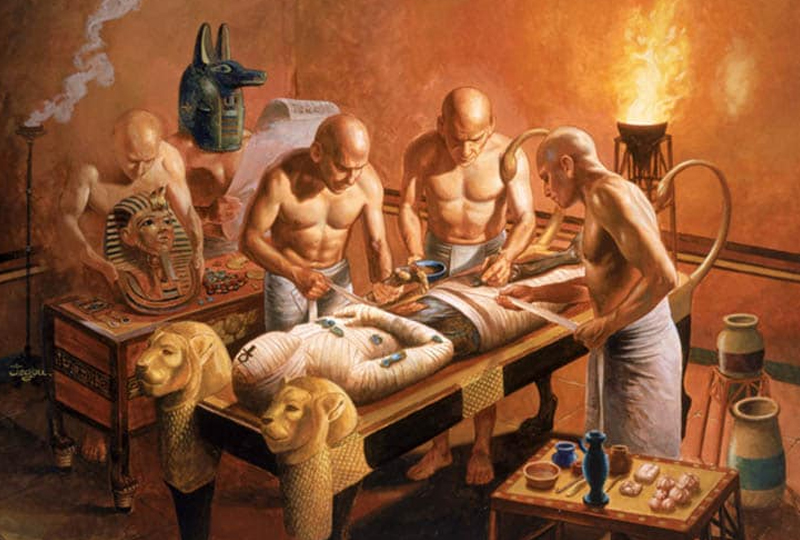The Story Behind Egypt’s Mummies. When we think of ancient Egypt, one image stands above all: the mummy. Wrapped in linen and sealed in elaborate coffins, mummies are far more than spooky museum artifacts, they are the embodiment of a civilization obsessed with eternity.
At Mandari Travel, we take you inside the tombs, temples, and rituals that explain the real story behind Egypt’s mummies,a tale of science, spirituality, and eternal life.
What Is a Mummy?
A mummy is a preserved body, intentionally treated to prevent decay. In Egypt, this was done through mummification, a complex process developed over thousands of years. The goal? To prepare the body for the afterlife, where the soul (ka) would live forever.
The Egyptians believed that the body had to remain intact for the soul to recognize and return to it after death.
The Mummification Process
The process of mummification was sacred and methodical. Here’s how it worked:
- Removal of Organs – The stomach, intestines, lungs, and liver were removed and placed in canopic jars guarded by the Four Sons of Horus.
- Drying the Body – The body was covered in natron (a natural salt) for about 40 days to remove moisture.
- Wrapping in Linen – The body was wrapped in hundreds of yards of linen, often with protective amulets tucked between layers.
- Final Blessings – Priests performed rituals, including the Opening of the Mouth ceremony to restore senses for the afterlife.
The result? A preserved body that could last thousands of years and many have.
Who Was Mummified?
Mummification wasn’t just for pharaohs. While royalty received the most elaborate burials, nobles, priests, and even pets (like cats and baboons) were also mummified. The wealthier the individual, the more intricate the process.
Some of the most famous mummies you can learn about or even see include:
- Tutankhamun – His nearly intact tomb stunned the world in 1922.
- Ramses II – Known as one of Egypt’s greatest pharaohs, his mummy is displayed in the National Museum of Egyptian Civilization.
- Queen Tiye – A powerful matriarch, her identity was confirmed via DNA.
Where to See Mummies in Egypt
With Mandari Travel, we guide you to the best places to explore the world of mummies:
- Valley of the Kings (Luxor): Explore tombs where pharaohs like Tutankhamun were buried.
- Egyptian Museum (Cairo): Home to a world-famous collection of mummies and funerary artifacts.
- National Museum of Egyptian Civilization: Features the Royal Mummies Hall, where you can come face to face with 22 ancient kings and queens.
The Legacy of the Mummy
Beyond the wrapping lies a deeper truth: the mummy is a symbol of Egypt’s belief in life after death, meticulous preservation, and deep reverence for ancestors. It’s a story not just of death, but of a quest for immortality.
Explore Egypt’s Eternal Legacy with Mandari Travel
Step inside ancient tombs, walk through funerary temples, and hear the full story of Egypt’s mummies from expert guides.
Email: info@mandaritravel
Call/WhatsApp: +255 750 900 811
We’ll take you beyond the myths into the real magic of ancient Egypt.
Request a Quote
Interested in exploring Egypt’s mummies and tombs? Fill out the form below for your personalized tour itinerary.
[Insert Quote Request Form Here]




